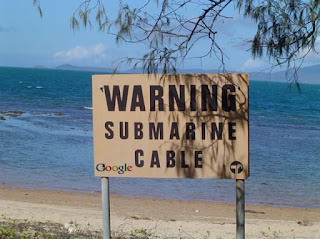WARNING!!! ISDN SHUTDOWN DEADLINE LOOMS

WARNING!!! ISDN SHUTDOWN DEADLINE IS HERE. Businesses who don't start the process of migrating away from their ISDN lines now, risk getting caught in a massive bottleneck as the September deadline looms. Line disconnections will start on September 30! Just 76 DAYS away. TIC is advising customers to migrate off ISDN immediately to ensure there is time to implement a new solution before the disconnection date. There is only upside - financial and operational - to migrating now. The downside is major business disruption if migration does not occur before the ISDN disconnection dates. The migration process can be time-consuming, with decision-making about a new solution, upgrading of equipment, and implementation. If a business waits for its final disconnection letter it will not have time to migrate before disconnection occurs!" What does ISDN disconnection mean for business? Businesses who currently utilise ISDN lines will need to move to a new technology.




